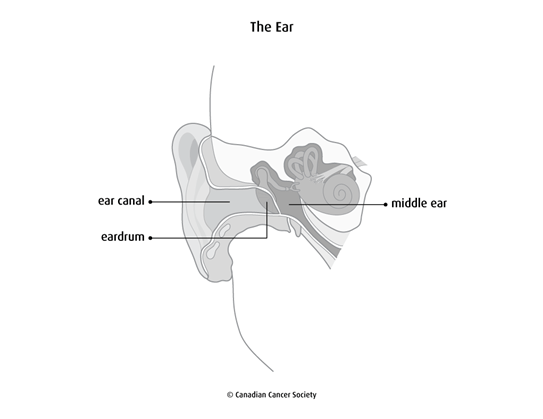Hearing tests
A hearing test examines how well you can hear sounds. Sounds can vary by volume or loudness (intensity) and the speed of sound wave vibrations (tone). A hearing test is usually done by an audiologist, a healthcare professional who specializes in hearing.
A hearing test may also be called audiometry or an audiogram.

Why a hearing test is done
A hearing test may be done to:
- diagnose hearing problems and hearing disorders
- check the effects of cancer treatments on hearing
How a hearing test is done
There are different types of hearing tests that can be used to check a person’s hearing. The test used often depends on age and level of understanding. You may have more than one type of hearing test.
The following hearing tests are used for adults and children over 4 years old.
Pure tone audiometry
Pure tone audiometry checks how well you can hear sounds at different volumes and pitches. During this test, you wear earphones that are attached to a machine called an audiometer. You are asked to respond, such as by raising a hand or pushing a button, each time you hear a sound in the earphones. The results are recorded on a graph.
Tympanometry
Tympanometry (also called impedance audiometry) checks how the middle ear is working. It measures how your middle ear reacts to sounds and different air pressures. A soft plastic tip is placed over your ear canal. A machine measures your eardrum movement when the pressure changes. The results are recorded on a graph.
What happens if the results are abnormal
Your doctor may recommend more tests, procedures, follow-up care or treatment.
Special considerations for children
There are special types of hearing tests used for babies and toddlers. One or more of the following tests may be used to examine hearing in young children.
Otoacoustic emissions (OAE) test
An OAE test is painless and usually takes only a few minutes. It is usually done while your baby sleeps. A tiny, flexible plug is put into your baby’s ear. Sounds are sent into the ear through the plug. A microphone in the plug records the responses (called otoacoustic emissions) of how the ear reacts to the sounds.
Auditory brainstem response (ABR) test
An ABR test is painless and usually takes about 20 minutes while your baby sleeps. Special sensors called electrodes are placed like stickers on your baby’s scalp. Small earphones are put in both ears and sounds are sent through the earphones. The test measures the brain’s activity in response to the sounds.
Behavioural audiometry
Behavioural audiometry watches how a baby behaves in response to certain sounds. It is usually used along with an OAE or ABR test.
Visual reinforcement audiometry (VRA)
VRA is used most often for children between 6 months and 3 years old. Your child is taught how to look toward a sound source when a sound is made. When your child responds correctly, they are shown something visual, such as a flashing light or a toy that moves.
Play audiometry
Play audiometry needs your child’s cooperation, so it is used with children who are 3 to 5 years of age. Sounds at different volumes and pitches are sent into your child’s ears, usually through headphones or earphones. Your child is asked to do something with a toy (such as dropping a block in a bucket) every time they hear the sound.
Preparing a child for a hearing test depends on the age and experience of the child. Find out more about helping your child cope with tests and treatments.
